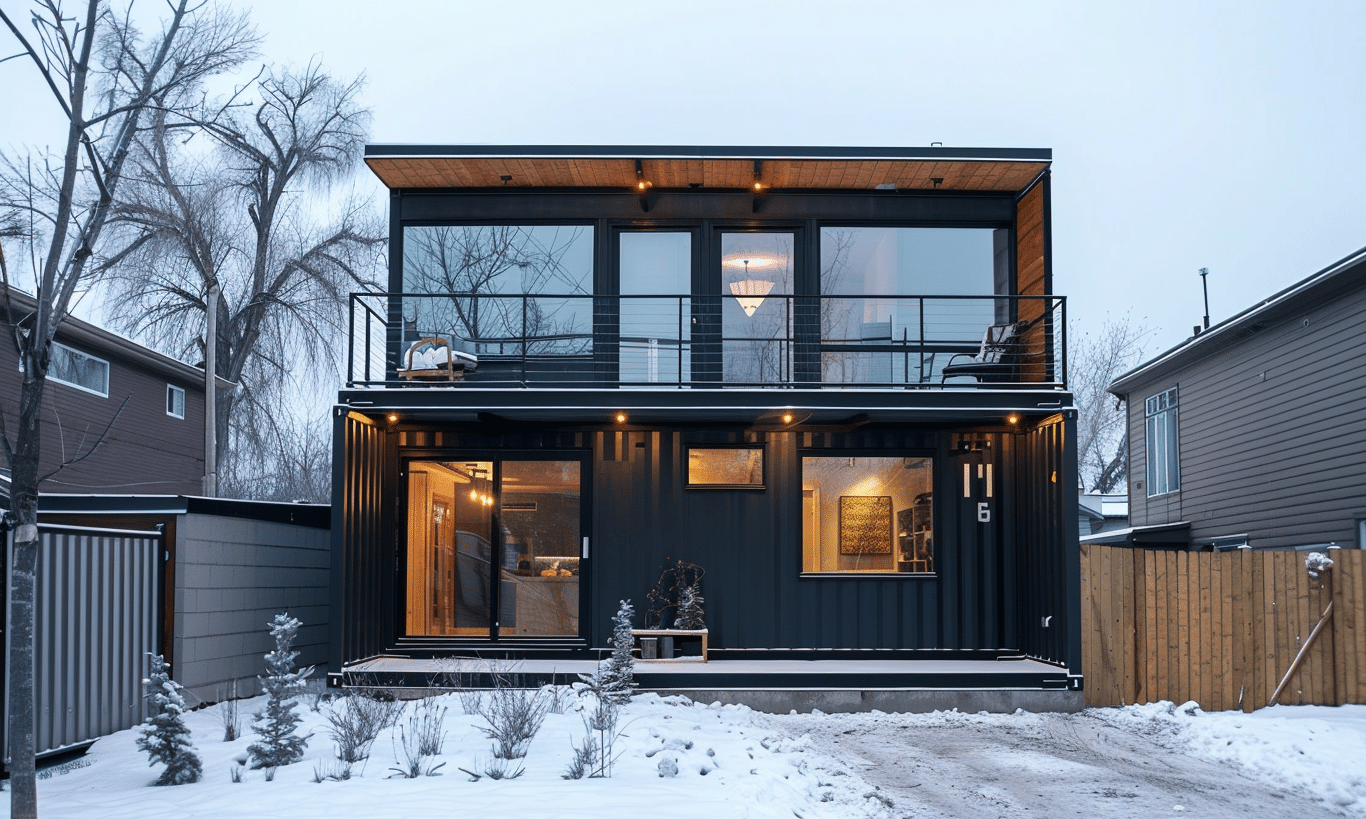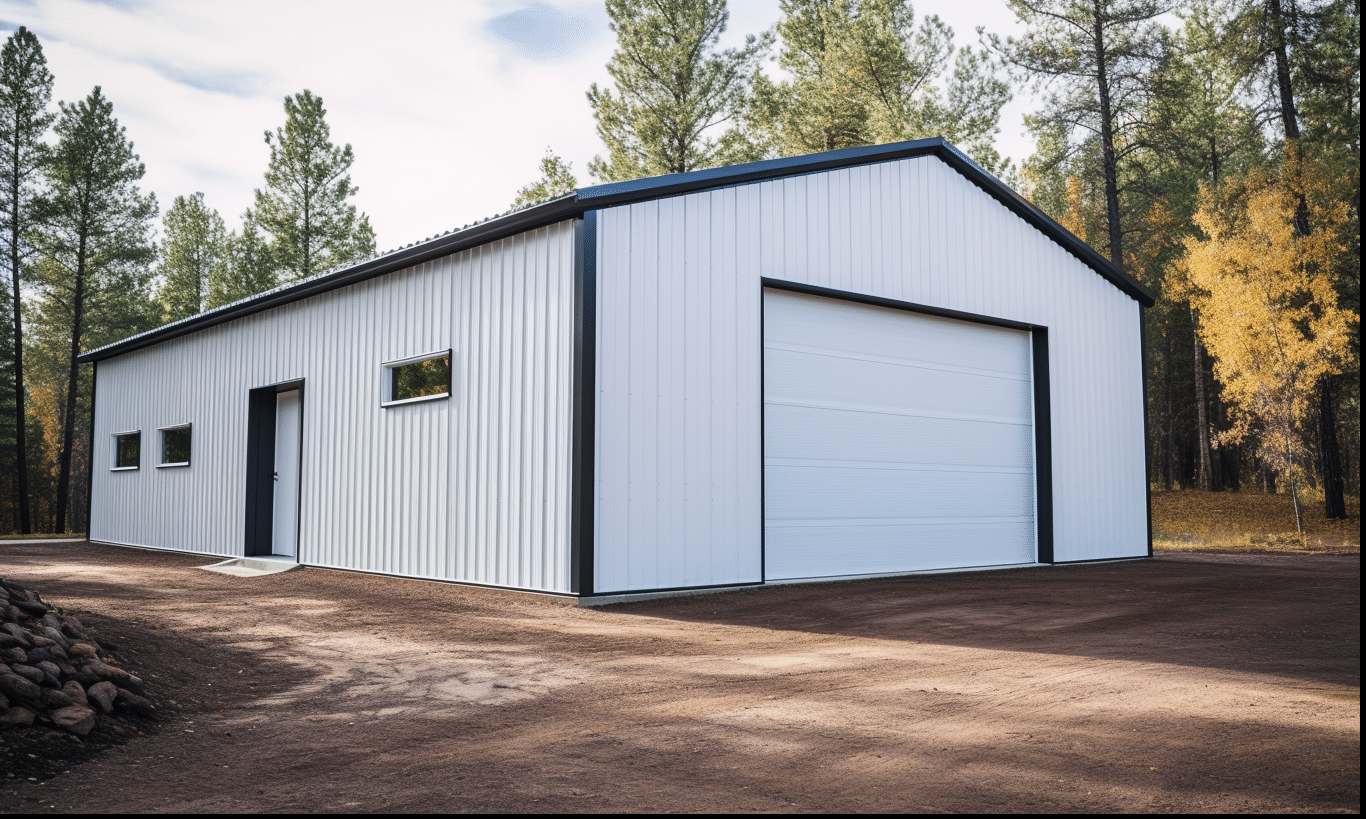Choosing the Right Building Materials: Your Foundation for Success
When embarking on a construction project, whether it’s a quaint new home, a robust commercial structure, or an innovative personal endeavor, picking the right building materials is as crucial as laying a solid foundation. Selecting the wrong materials can lead to unforeseen costs, structural issues, or even environmental detriment. And much like picking the perfect outfit for an important occasion, choosing building materials involves balancing aesthetics, functionality, and budget. Let’s dive into the intricate world of construction materials and unravel the art of selecting the perfect components for your next project.
Understanding the Building Material Spectrum
The variety of potential building materials can be daunting. Options range from traditional wood and brick to modern steel and composite materials. Each material has its own set of advantages and potential drawbacks, catering to different building needs and preferences. For instance, steel has become a popular choice in recent years due to its strength and sustainability. A Wood vs. steel comparison reveals the resilience of steel in harsh weather conditions and its low maintenance nature, which are significant factors if you’re considering sustainability and long-term benefits.
Material Selection from a Comparative Perspective
To decide on the best materials for your construction endeavour, it’s essential to compare their properties in relation to the project’s goals. For example, if you’re looking at a durable, easy-to-assemble option, a 20×30 steel building kit might be your perfect match. But how do you weigh these attributes effectively?
1. **Durability and Strength:** Buildings in harsh climates demand materials that can withstand the elements. Steel and brick are often preferred for their high tensile strength and low maintenance.
2. **Cost-effectiveness:** While initial costs of materials like steel might be higher, the long-term savings from reduced maintenance and energy efficiency can result in significant budget relief.
3. **Sustainability:** With growing environmental concerns, materials with lower environmental impact, such as recycled steel or locally sourced wood, have become more appealing. Projects aimed at reducing carbon footprints often prioritize sustainable materials.
4. **Aesthetics:** The visual appeal of materials plays a crucial role in residential projects. Wood brings neutral tones and elegance, while steel offers a sleek and modern look.
5. **Maintenance:** Every material involves a different upkeep routine. Wood might need regular treatments to avoid termites and rot, unlike steel, which requires less frequent maintenance.

Evaluating Environmental Impact and Energy Efficiency
A modern project’s success is often judged not only by its physical robustness but also by its environmental impact. Green building materials are a burgeoning focus for architects and builders alike. Materials that promote energy efficiency and sustainable living, like steel or recycled composites, can significantly reduce a building’s carbon footprint. According to the Canada Mortgage and Housing Corporation – Choosing the Right Building Materials, prioritizing eco-friendly materials is not just a trend but a necessity for our future.
Another critical aspect is energy efficiency. Materials that contribute to better insulation, such as insulated metal panels or high-performance windows, ensure lower energy consumption, benefiting both the environment and your wallet. Don’t underestimate the importance of insulating materials which keep structures warm during the icy Canadian winters and cool amidst the summer heat.
Customizing Your Material Selection
Each project is a reflection of its creator’s vision and specific needs. Therefore, customization plays a vital role in material selection. If you’re constructing a residential garage, for instance, utilizing materials like steel can provide strength and low maintenance while offering flexibility to expand or modify the structure.
Integrating efficient choices such as solar roofing or natural lighting solutions can also amplify your building’s functionality. Our Services include consulting on sustainable adaptations and selecting the best material combinations to suit each unique project need.
The Role of Choosing Flooring Materials
While structural elements play a significant role, choosing flooring materials is equally essential in the overall building design. Options range from hardwoods, laminates, to sustainable options like cork or bamboo. Each has its own distinct tactile feel and aesthetic appeal. A well-chosen flooring material complements the building’s style and enhances comfort and utility. For more insights, exploring options such as Choosing flooring materials is recommended to align the flooring choices with the rest of your project.
Conclusion: Crafting Your Perfect Build
In the art of construction, choosing building materials wisely sets the stage for a successful project. It’s akin to piecing together a puzzle, where each material has its perfect fit. You want materials that not only meet structural needs but also echo sustainability, stay within budget, and reflect personal or corporate values. By understanding and evaluating each material’s strengths and weaknesses, you arm yourself with the knowledge to craft structures that stand the test of time and nature.
Remember, in construction as in life, it’s the choices you make today that shape your tomorrow. Whether you’re constructing a simple garage or a large commercial building, choosing the right materials is your ticket to not just enduring structures, but to a brighter, more sustainable future.










